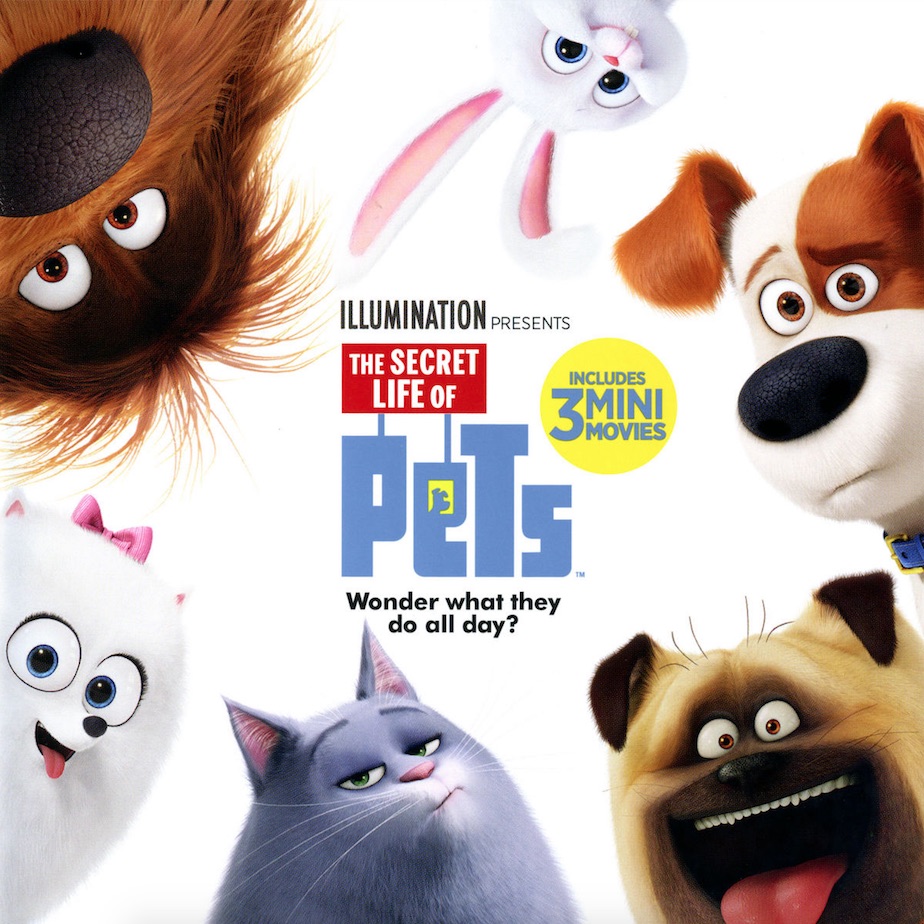

If my voice wobbled a little bit, or if I was going too high, and he didn’t like that, he’d let me know. How did you find the experience of working with Chris Renaud, as a director?ĬARVEY: He’s really sharp and knows what he wants. It’s still great work, if you can get it, trust me. Luckily, my sessions were basically just two hours, so you give it your all for two hours, and then my voice would usually be shot by then and that was about all I could do. All of that together is really a lot of energy because he’s yelling, and then you have to do it a thousand times, which can be very rough.

It takes a few takes, and a little bit of time to get into the rhythm of it. How do you find your inner curmudgeonly Basset Hound, when you’re in the voice booth? Does that just come really naturally, or is there anything you do to get yourself where you need to be, in order to embody Pops?ĬARVEY: Usually, when I go in the booth, they have a giant picture of Pops with a scowl on his face, so I’m like, “Oh, I’m that guy.” And then, they’ll play my audio from previous sessions, and you do get warmed up. And it’s fun to play the blunt character that just says what is on their mind, but that also has a sensitive side that is revealed in this film.

It’s the chewiness of the range of his vocalism. The way he hits certain lines is musical. What do you love most about this character, with voicing him and having a hand in bringing him to life?ĬARVEY: I love the change-ups of his rhythm. What are we to them? Do they understand that they’re not us? Do they process? What do they think of driving in the car, with their head out the window? Do they think they can run 50 mph? You wonder what they think. I don’t think we can ever totally know what goes on behind those eyes, with dogs and cats, and how they perceive us. Have you ever found yourself someone who’s wondered what their pet is thinking about or doing, especially when you’re not there?ĬARVEY: Oh, 1,000%.


 0 kommentar(er)
0 kommentar(er)
